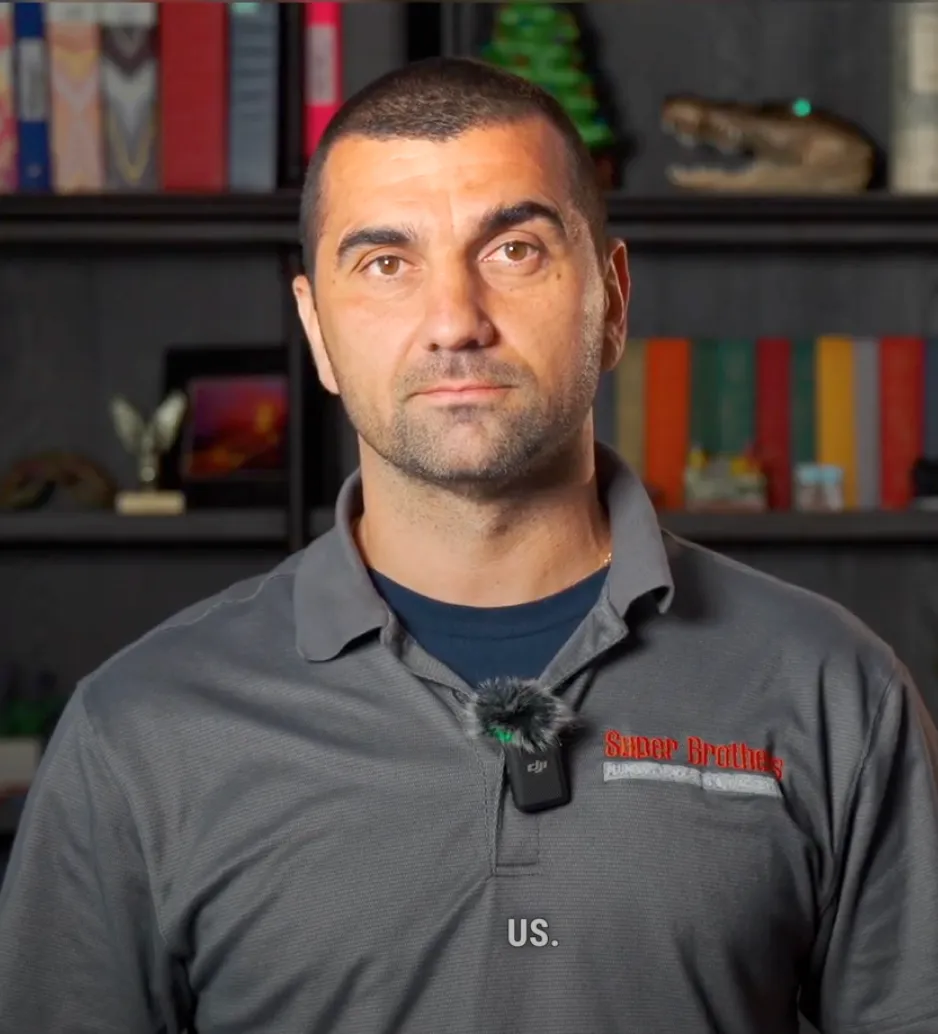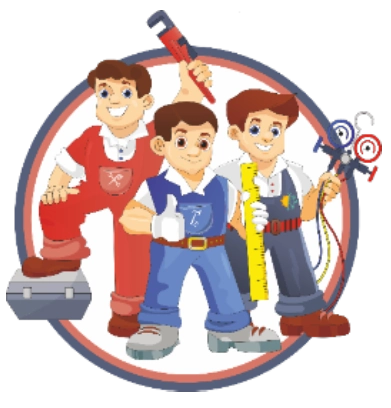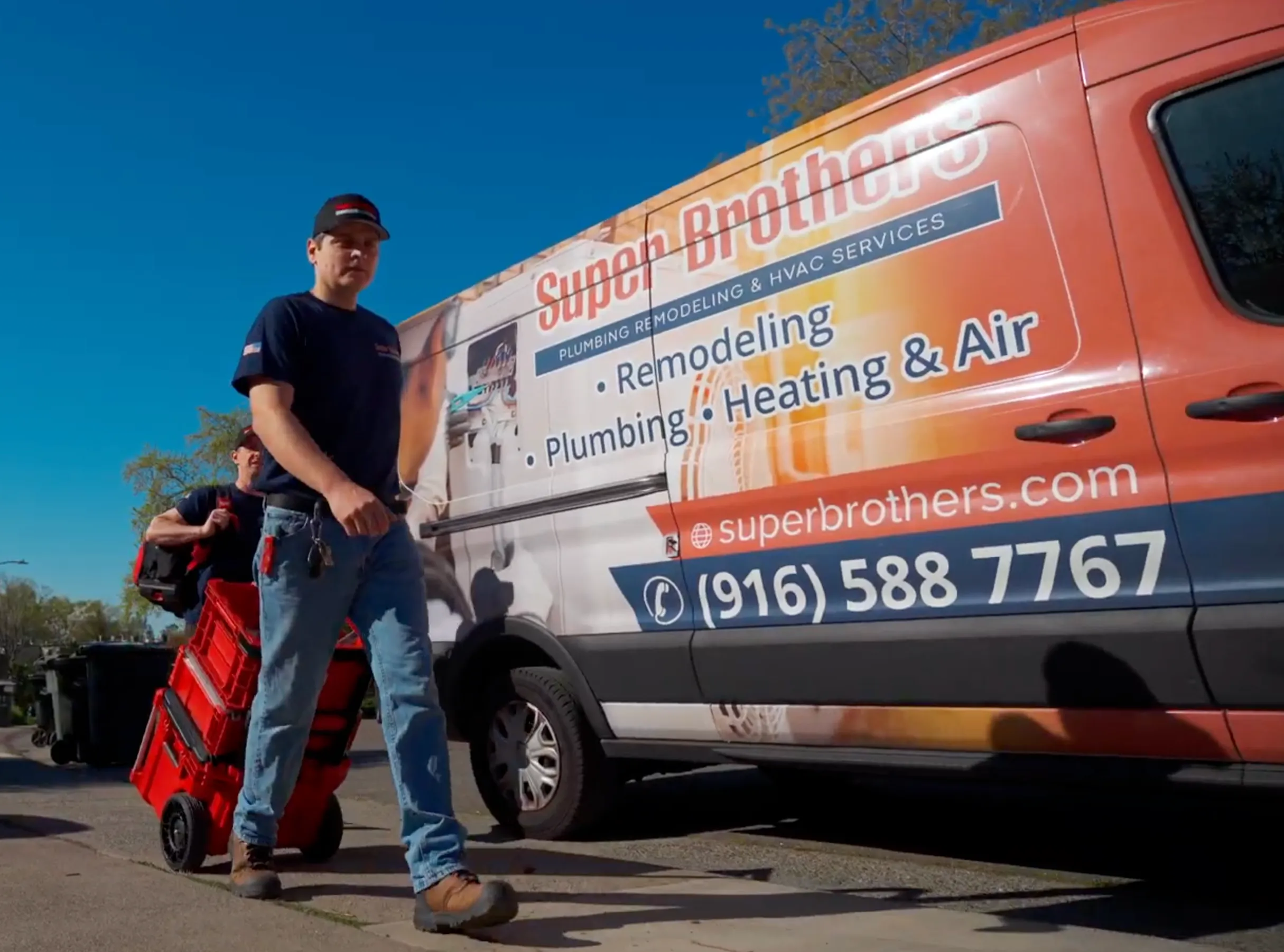Epoxy pipe lining has become a popular solution for addressing corroded or damaged pipes, offering a less invasive way to restore plumbing systems without the need for extensive digging or pipe replacement. However, despite its growing use, there are significant concerns and potential pitfalls associated with this method that homeowners and property managers should be aware of. In this guide, we’ll explore the problems with epoxy pipe lining, the limitations of the epoxy sleeve for copper pipe, and other related issues.

What Is Epoxy Pipe Lining?
Epoxy pipe lining is a technique where a liquid epoxy resin is used to coat the interior of damaged pipes, effectively sealing leaks and preventing further corrosion. This method is frequently applied to sewer pipes, water pipes, and even copper plumbing systems using an epoxy sleeve.
The process starts by cleaning the interior of the pipe to remove debris and corrosion. Once cleaned, the liquid epoxy is applied to the pipe’s interior and left to cure, forming a durable lining that restores the pipe’s function. The technique is often seen as a cost-effective alternative to digging up and replacing deteriorating pipes.
The Promise of Epoxy Pipe Lining
Proponents of epoxy pipe repair highlight the convenience and cost-saving benefits of this method. It is especially popular for epoxy sewer pipe lining and epoxy sleeve for copper pipes because it avoids the need to dig up floors or landscapes to access buried pipes. Additional perceived benefits include:
- Minimal disruption: Because epoxy pipe lining is a “trenchless” method, it doesn’t require extensive excavation, making it less disruptive to daily life and businesses.
- Cost-effective: Compared to a full pipe replacement, epoxy pipe lining is often cheaper.
- Time-efficient: The process can usually be completed within a few days, depending on the scope of the project.
- Extended pipe lifespan: The new lining can last for years, potentially extending the life of the pipe without requiring full replacement.
However, despite these advantages, there are numerous downsides to epoxy pipe liner systems that aren’t often discussed.
Problems With Epoxy Pipe Lining
1. Adhesion Issues
One of the primary problems with epoxy pipe lining is the potential for adhesion failures. If the epoxy doesn’t adhere properly to the pipe’s interior, it can delaminate, leading to leaks or even blockages. Poor adhesion can be caused by several factors, including:
- Inadequate pipe cleaning: If the interior of the pipe isn’t properly cleaned before the application of the epoxy, the resin may not adhere well.
- Moisture presence: The epoxy liner may not bond correctly if there is residual moisture in the pipe.
2. Size and Shape Limitations
While epoxy pipe lining works well in some situations, it is not always suitable for pipes with complex configurations. Pipes with numerous bends, T-junctions, or size variations can present challenges. The liquid epoxy may not coat these areas evenly, leading to inconsistent coverage and incomplete sealing.
3. Durability Concerns
Although epoxy pipe solutions are marketed as durable, there are concerns regarding the long-term stability of epoxy linings. Pipes with high water pressure or exposure to certain chemicals may cause the epoxy to degrade faster than expected. This can lead to cracking, peeling, or even collapse of the lining, ultimately resulting in leaks and requiring additional repairs.
4. Chemical Sensitivity
The pipe epoxy lining process involves the use of chemical compounds that may interact with the contents of the pipe. For water pipes, in particular, there are concerns about the chemicals in the epoxy leaching into drinking water over time. While the epoxy is generally considered safe once fully cured, incomplete curing or exposure to high temperatures can cause degradation, posing a potential health risk.
5. Limited Application for Water Pipe Epoxy
For water pipes, epoxy pipe lining may not be the best long-term solution. Since water pipes are often under high pressure, the epoxy can struggle to maintain its integrity, leading to leaks. This issue is especially concerning for older systems with fluctuating water pressure. Additionally, the quality of the water passing through the pipes (hard water, for example) can also affect the lifespan of the water pipe epoxy lining.
6. Not a Permanent Solution
While epoxy pipe lining can extend the life of your plumbing, it is not a permanent fix. In cases of severe corrosion or structural damage, the epoxy liner will eventually fail, requiring a complete pipe replacement. The costs associated with repeated applications of epoxy pipe repair can add up over time, making it less cost-effective in the long run.
7. Potential Blockages
In some cases, the epoxy pipe lining can cause unintended blockages within the pipe. If the epoxy isn’t applied evenly or if debris remains in the pipe during the lining process, these can result in narrowed pipe diameters, leading to reduced water flow or blockages.
8. Not Always Effective for Copper Pipes
Although epoxy sleeve for copper pipes is an available option, the technique isn’t always ideal for copper plumbing. Over time, copper pipes can develop pinhole leaks due to corrosion, and while epoxy sleeve copper pipe methods can temporarily fix the problem, the fundamental issue of corrosion remains unaddressed. The copper pipe may continue to deteriorate underneath the epoxy lining.

When Epoxy Pipe Lining May Be Appropriate
Despite its drawbacks, epoxy pipe lining can still be a viable solution in specific situations:
- Sewer pipe repair: In cases where digging up a yard or driveway to replace sewer lines would be costly and time-consuming, epoxy sewer pipe lining can offer a convenient alternative.
- Short-term fix: If you need a temporary solution before a full pipe replacement, epoxy pipe repair may work in the short term.
- Low-pressure systems: Systems with consistent, low water pressure may benefit more from epoxy pipe liner systems as they place less stress on the lining.
What to Look for in an Epoxy Pipe Lining Kit
If you’re considering a DIY approach using an epoxy pipe lining kit, it’s important to ensure you have the right tools for the job. Look for kits that include:
- High-quality epoxy: Make sure the kit contains an epoxy resin that’s suitable for your type of pipes and the substances running through them (e.g., water, sewage).
- Pipe cleaning tools: Thorough cleaning of the pipe is essential for the epoxy to adhere properly, so the kit should include brushes or other tools for preparing the pipe.
- Detailed instructions: Since epoxy lining can be tricky, opt for a kit that provides comprehensive, step-by-step instructions.
Keep in mind that a DIY solution may not provide the same durability or effectiveness as a professional service. In many cases, hiring a certified plumber may be a better option for long-lasting results.
Alternatives to Epoxy Pipe Lining
For those hesitant about using epoxy pipe solutions, there are alternative methods for pipe repair and replacement:
- Pipe bursting: A technique where a new pipe is pulled through the old one, breaking the original pipe apart.
- Slip lining: Installing a smaller diameter pipe inside the existing one to restore function.
- Traditional pipe replacement: While more invasive, replacing the entire pipe may be the most reliable long-term solution.
Conclusion
While epoxy pipe lining offers a convenient, trenchless solution to plumbing issues, it’s essential to weigh the potential problems and limitations before committing to this method. Adhesion issues, limited durability, and the possibility of future blockages are all significant concerns that may outweigh the benefits for some homeowners.
For those experiencing persistent pipe problems or dealing with complex pipe systems, it’s important to consult a professional plumber to determine whether epoxy pipe repair is truly the best solution – or if a more permanent fix like pipe replacement is necessary


